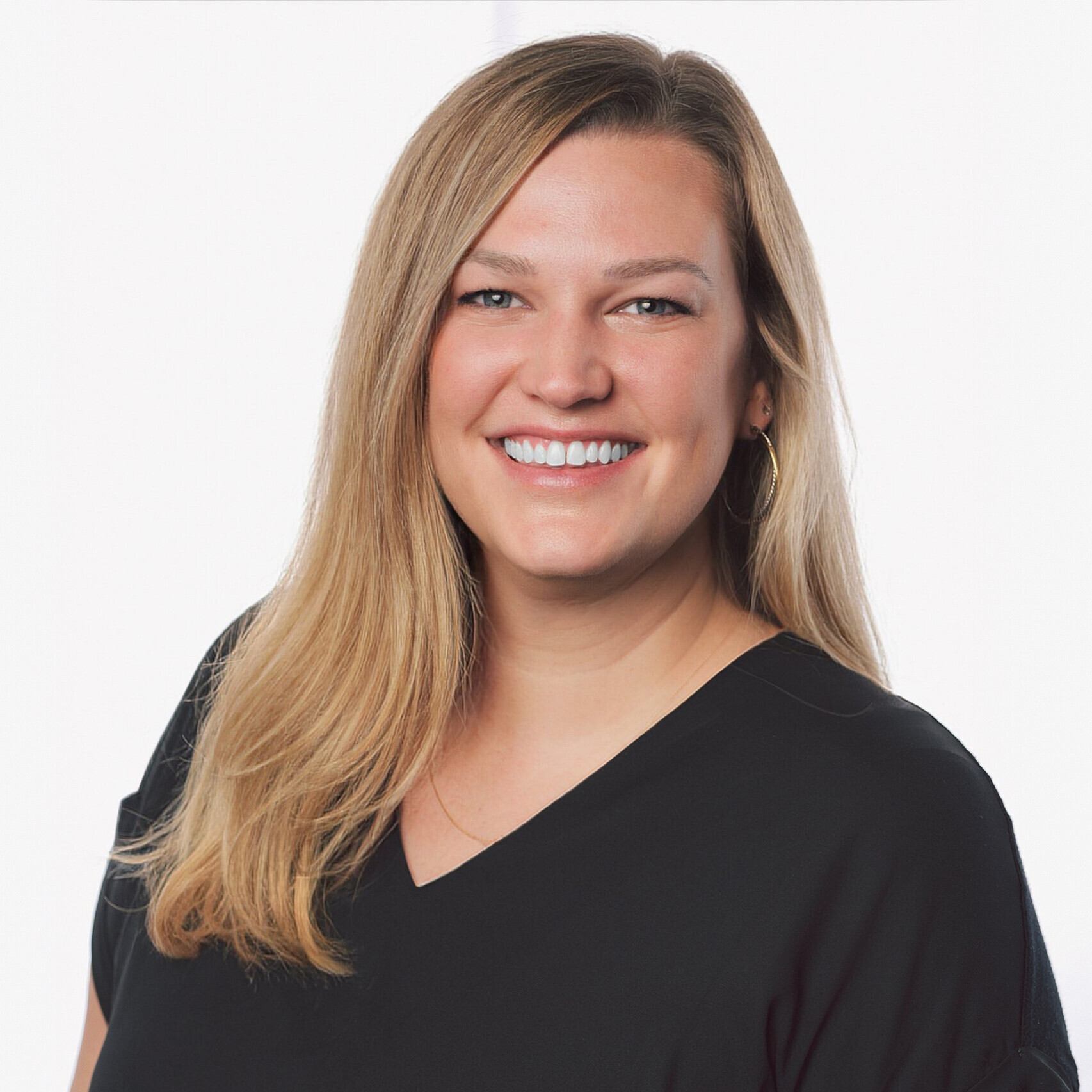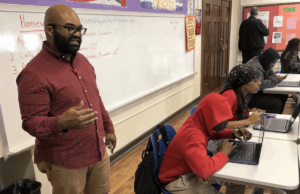Modern Montessori: From Early Edu to High School

At this year’s ASU-GSV Summit our team had the opportunity to facilitate a discussion about modern Montessori school models with a group of inspiring school leaders from around the country. These models are building on the classic learner-centered Montessori principles with next-gen learning to create unique models focused on personalized learning. Following a brief overview of each school model featured we discussed the role of technology, place, testing and equity in modern Montessori models.
The Schools
American International School of Utah
AISU is a public K-12 charter school that serves about 1,400 students in Salt Lake City, Utah.
One of the focuses of the school is bringing in international students, which make up 20% of the student body and represent 20 different countries. AISU CEO / Superintendent Michael Farley says, “We created a school where students are in the driver’s seat of their learning.” With an emphasis on personalized learning and student agency, they have created a truly unique learning experience that takes place in a converted former family fun center.
Early education to grade three is true Montessori style, while Montessori principles are applied in all the other grades. Farley believes the Montessori primary builds student agency and self-management that is critical for the learner-centered 4-12 model. AISU wants to create an education system that is not just personalized in pace and path but also passion.

This is a network of micro Montessori schools that are teacher-led and which focus on parent engagement. This soon to be international network currently has 11 sites that serve about 25 students each with two teachers in an average of 1200 square foot locations. They think of themselves as authentic Montessori implementation plus teacher empowerment. This network of microschools is supported by the Wildflower Foundation, which works to build capacity, systems, tools and research to grow and strengthen the network.

The Millennium School in San Francisco is a new innovation lab school targeted at the middle grades. This project-based charter runs out of a local Boys & Girls Club and currently serves 6th grade, but will grow to serve 100 students in grades 6-8. A unique feature of this program is its small group advisories where small groups of students get together to talk peer-to-peer, quietly facilitated by a teacher.

The One Stone model started in 2008 as a community-based nonprofit led by a group of students wanting to do service learning. Using a core design thinking process, they developed after school programs focused on marketing, service, and incubating startups. With the same commitment to service and design, One Stone opened a high school in August 2016 (see feature and video). One Stone empowers high school students to learn and practice 21st-century skills through experiential service, innovative initiatives and social entrepreneurship. One Stone students make things, like the quad bike below.

During our discussion panelists and audience discussed several key elements of their models that make them truly modern Montessori.
The Details
Role of Technology
Montessori schools tend to be low tech but modern models supplement with tech or take Montessori inspiration to a whole new place.
AISU uses little technology in the Montessori primary, but is a 1:1 blend starting in 4th grade. The Millennium School is using technology to connect their students to experts and team teach. Wildflower appreciates how technology has extended teachers’ power of observation.
A visit to One Stone will highlight how technology is woven into everything they do. All students are given laptops, and they don’t take away or prohibit the use of personal devices, but rather focus on using tech responsibly. Additionally, students use various technology in their maker lab and to build portfolios that serve as their evidence of learning.
Facilities and Place
Montessori schools have always been known for their respect of place and creativity with learning environments. Most modern Montessoris are known for unique facilities and embracing their community. The AISU campus is in the center of SLC metro area and takes up 170,000 square feet. Because of the vast space their converted space afforded, AISU invested in maker spaces and performing arts theatres. To give students both a local and global perspective, AISU uses Global Learning Models, a program that embraces the Global Goals and requires students to do external investigations that bring them into the community and engage community groups.
The Millennium School focuses on real world, real self, and encourages students to think of their classroom beyond walls. Being in the heart of San Francisco has allowed their students to spend at least one day a week dedicated to community learning. As part of the their effort to deinstitutionalize learning, Wildflower is converting retail spaces in strip malls in to learning environments that are embedded into the community. In keeping with Montessori values, students are able to leave the learning environment and explore the community at anytime.
One Stone was able to create an engaging and student-centered environment from an old pathology lab in Boise, Idaho. They settled on this location because it was in the heart of downtown Boise and offered immediate connections to community partners. When their building was not quite ready at the start of school, the students and teachers co-located in community organizations such as Boise State University and JUMP, giving the students exposure to their community.
Testing
“We don’t love it, but we do it,” seemed to be the statement that most modern Montessori models would identify with. They understand the importance of assessing learning and continue to find ways to build in authentic assessment that track learning which matters to their culture.
At One Stone they admitted students without looking at grades or test scores, but had students complete the PSAT during the first week of school to assess where they were at. They also use MAP testing. The Millennium School is testing students’ cognitive ability and assessing social-emotional learning, truly testing for things they value as a model. As a public school, AISU is using MAP to track progress and also takes the Utah state assessment.
Equity
All of the modern Montessori models featured had a strong focus on equity and access. AISU’s objective is to help every student reach their potential, focus on where students may have deficits and provide extra support as needed.
As a private school, Millennium provides scholarships and has a flex tuition program. Over half their students are on some scholarship to ensure that tuition is not prohibitive to interesting students attending. They have an intentional social justice model that incorporates empathy into the learning. Because Wildflower has focused on placing schools on neighborhood boundaries, especially in low-income areas, they are able to attract a wide range of students. They are focused on training people of color, and recognize the importance of equity training with teachers.
One Stone believes in the equality of voice, and ensures that all students understand that everyone has a story. Their school focuses on empathy, and through their design process they ensure that every student’s voice is equally respected.
We can’t wait to continue learning from these Montessori models as they break new ground in what has been a respected model. Each school is meeting the needs of their students while bringing their models into next-gen learning. What other modern Montessori models have you seen? We’d love to hear from you in the comments below.
For more see:
- Magnolia Montessori Begins to Bloom
- Montessori: The Secret Is Out
- Microschools with Macro Impact
- Smart List: 100 Middle & High Schools Worth Visiting
- Smart List: 85 Elementary & Middle Schools Worth Visiting
Stay in-the-know with all things EdTech and innovations in learning by signing up to receive the weekly Smart Update. This post includes mentions of a Getting Smart partner. For a full list of partners, affiliate organizations and all other disclosures, please see our Partner page.









0 Comments
Leave a Comment
Your email address will not be published. All fields are required.